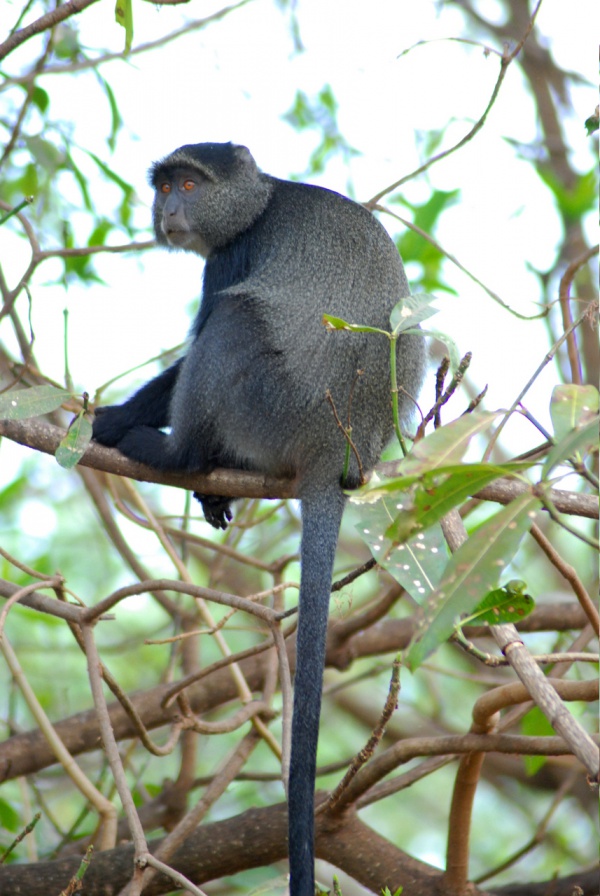Facts About Blue (Sykes, Samango) Monkey
The blue monkey, also known as the diademed monkey, is a captivating Old World monkey species native to Central and East Africa. Their range extends from the Congo River basin to East Africa, and even as far south as Angola and Zambia. There are several subspecies, including the Elgon blue monkey, Kolb's monkey, Pluto monkey, and Moloney's blue monkey, among others. These monkeys typically exhibit olive or gray fur and possess striking facial features that distinguish them from other species.
Blue monkeys thrive in evergreen and bamboo forests and spend most of their time in the upper canopy. Their diet is diverse, comprising fruits, leaves, insects, and occasionally small invertebrates. Unfortunately, they are at risk due to habitat loss caused by deforestation and hunting for bushmeat.
In terms of social structure, blue monkeys exhibit female dominance. Males leave the group upon reaching maturity, while females remain and form matrilineal societies. Each group generally includes one dominant male, several females, and their offspring.
Territorial behavior is prevalent, with males often challenging the reigning dominant male to take control of the group. Blue monkeys are nomadic and live in communities where females bond through grooming and playing. Juveniles frequently engage in alloparenting, looking after infants that are not their own. The species has a polygynous mating system, with one male mating with multiple females. Females typically give birth every two years, and group sizes can range from 10 to 40 individuals.
Despite the threats posed by habitat destruction and hunting, blue monkeys exhibit complex social behaviors and are well adapted to arboreal life. Protecting them is crucial for maintaining the biodiversity of their forest habitats.

 Zambia
Zambia